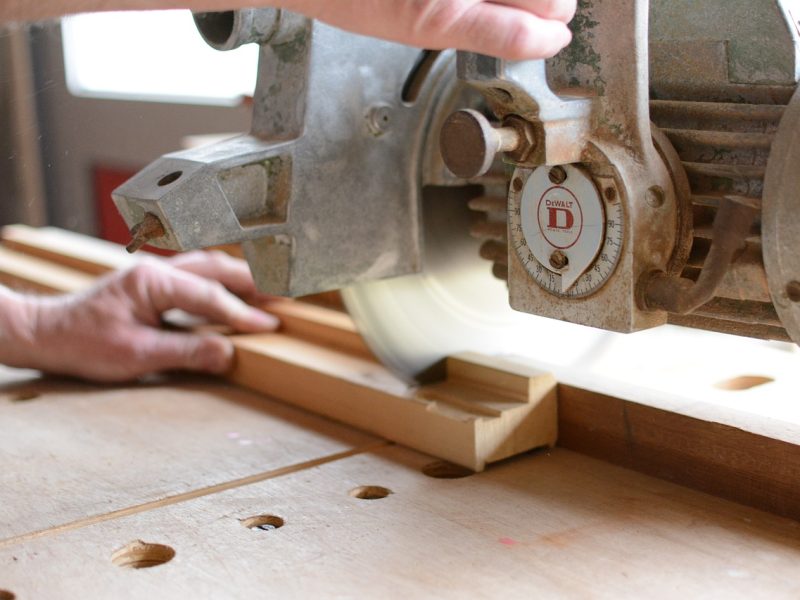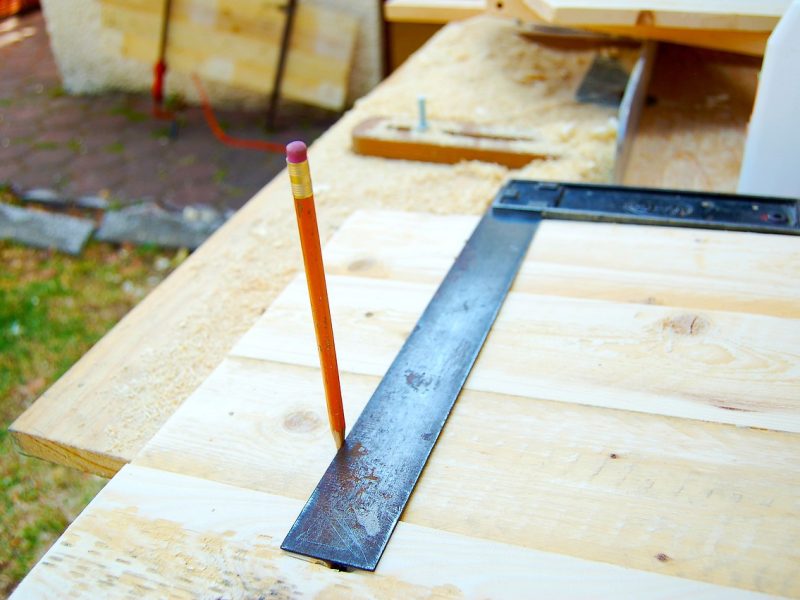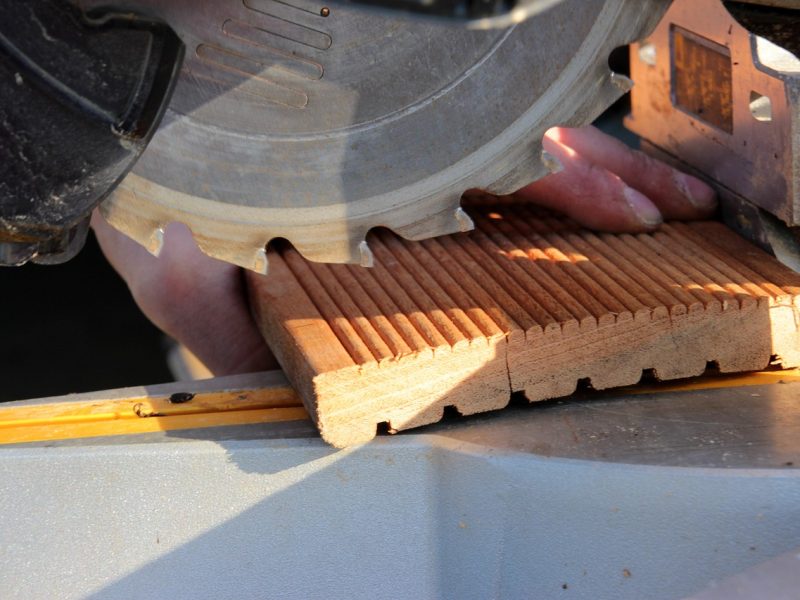
Tools as Extensions of Craftsmanship
A carpenter's tools are more than mere instruments; they are extensions of the carpenter’s hands and creativity. While power tools like drills and saws offer speed and precision, traditional hand tools like hammers, chisels, and planes allow for a tactile connection with the material, enabling the carpenter to shape wood with intention and skill.

Mastery in Restraint and Precision
Using tools effectively requires not just knowledge but discernment. The true art of carpentry lies in knowing when to apply pressure and when to step back. It’s a delicate balance between action and restraint, where every cut, plane, or strike must be measured to avoid mistakes that could disrupt the entire project.

Evolving Tools, Timeless Skills
While technology has introduced innovations like power tools and CNC machines, the heart of carpentry remains unchanged. The ability to visualize, measure, and shape wood into something functional and beautiful still requires mastery, a deep understanding of tools, and respect for the material itself.


